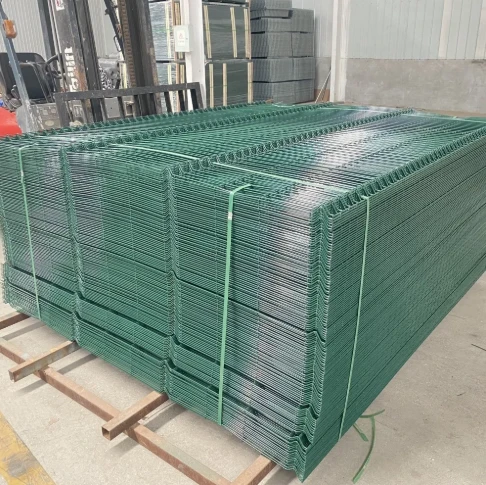Installing a cattle fence is a significant investment for farm owners and ranchers, encompassing both monetary and resource commitments. The cost of a cattle fence can vary widely depending on numerous factors such as materials, terrain, fence length, and additional features. Understanding these cost factors can guide you to make informed decisions tailored to your specific needs.

Materials form a primary cost determinant when building a cattle fence. Barbed wire, woven wire, and high-tensile wire are among the most common materials. Barbed wire, a traditional choice, can cost between $1 to $3 per foot including installation. It's economical but requires regular maintenance to prevent rust and damage. Woven wire, on the other hand, offers greater security, particularly for calves, and costs slightly higher, ranging from $2 to $4 per foot. High-tensile wire, a modern alternative known for durability and low maintenance, is priced similarly to woven wire but provides a longer lifespan, making it cost-effective in the long run.
The type of posts used along fences also significantly impacts costs. Wooden posts, offering strength and stability, cost approximately $3 to $4 per post, with an additional $1 for installation. Steel posts, though slightly less expensive at around $2 to $3 each, are susceptible to bending under pressure but are easier to work with. An innovative option is composite posts, which blend the benefits of wood and steel but at a premium, ranging from $4 to $6 each.

Terrain challenges can influence the final expenditure significantly. In flat areas, simple machinery can expedite installation, saving labor costs and time. However, hilly or rocky terrains demand specialized equipment and skilled labor, increasing the budget by 20-30%. For instance, rocky ground may require more powerful, and therefore more costly, post-driving machinery.
The longevity and security of a cattle fence can be enhanced through various accessories and features, adding to the initial setup cost. Gates, critical for managing cattle movements, cost around $150 to $300, depending on size and material. Installing electric fence components offers additional security and can cost an extra $1,000 to $3,000 over large lengths, but reduces manual surveillance needs.
Achieving high-quality fencing requires skilled labor, factoring deeper into the project budget. The average labor cost oscillates between $30 and $50 per hour, with fence installation experts ensuring both durability and functionality. Trusting experienced professionals not only guarantees a quality build but also mitigates future maintenance expenses.
cost of cattle fence
While upfront costs are crucial, maintenance costs over the fence's lifecycle are equally important. Routine inspections, repairs, and component replacements are necessary to sustain fence efficacy. Material choices guide maintenance frequency—while high-tensile wires and steel posts demand minimal upkeep, barbed wires require regular checks for rust and tightness.
Moreover, local regulations and zoning laws may affect your financial outlay. Compliance with these regulations is essential, and although they may inflate initial expenditures with specific material and height requirements, they safeguard against potential legal disputes and reinforce your property’s boundary integrity.
Consideration of these diverse factors not only frames a comprehensive budget for erecting a cattle fence but also underscores the fence’s role in ranch management efficiency. Investing adequately saves unforeseen costs down the line, instilling confidence in your livestock safety and freedom from pasture escapes.
Looking forward, innovative solutions and sustainable practices are increasingly vital. Environmentally conscious materials and technology-integrated fencing solutions, such as solar-powered electric fences, are emerging as part of modern agricultural practices. While they may require higher initial investments, such solutions promise reduced ecological impacts and align with evolving environmental regulations.
In summary, while estimating the cost of a cattle fence involves various considerations and strategies, careful material selection, understanding terrain dynamics, and emphasizing regular maintenance can result in a cost-effective, durable, and sustainable cattle fencing solution tailored to your unique agricultural requirements.
























